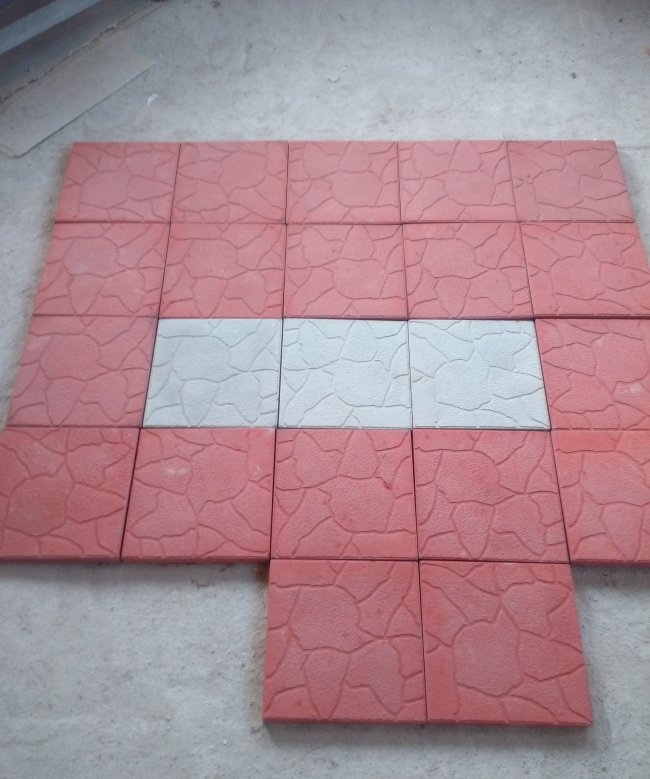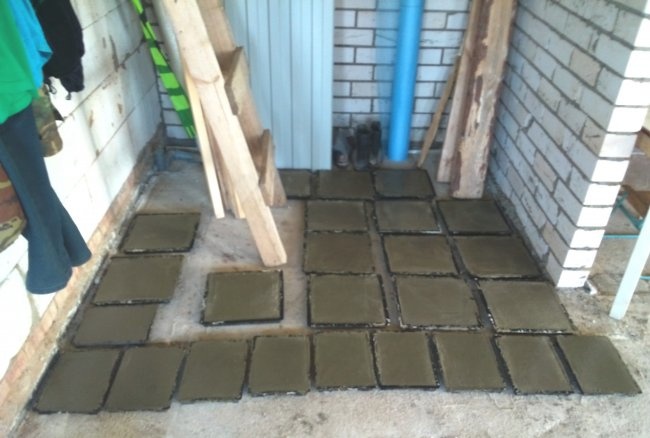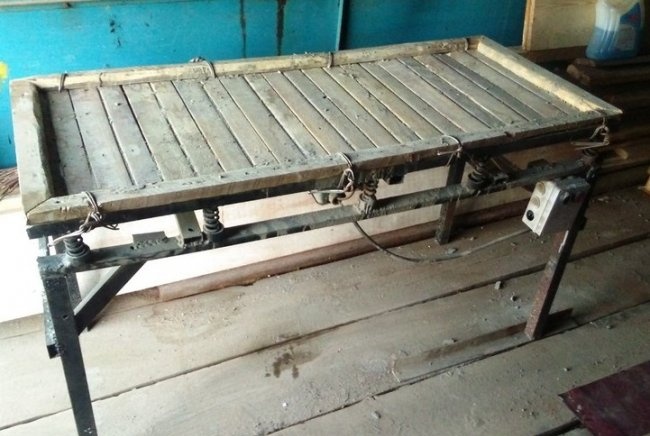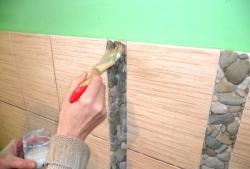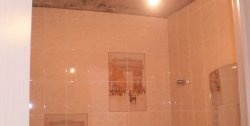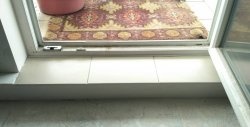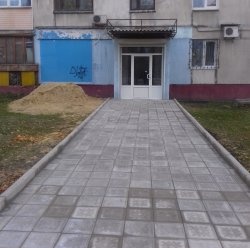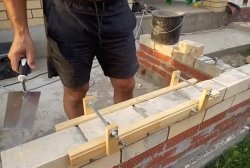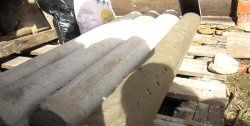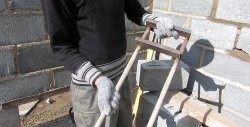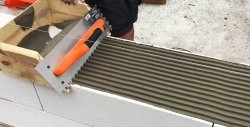Last year, I received a homemade vibrating table for a nominal fee. And since I had ideas of trying my hand at making paving slabs, I decided not to miss this option.
Next, I began studying the options for the proposed forms. I settled on those that would be useful to me for personal use. Form for sidewalk sidewalk 500*200*75 millimeters. Of course, the meter one is better, but you will need a partner to work with it. For the paths, I liked the “8 bricks” shape with dimensions of 400*400*50 millimeters. For cladding the porch and blind area I chose the “Turtle” shape. Its dimensions are 300*300*30 millimeters. For cladding the base, I liked the shape of the stone tiles, 270*190*20 millimeters.
When choosing molds for making tiles, I paid attention to the larger size. I did not consider “brick” type tiles and the like due to the greater complexity of the manufacturing process. At the same time, large tiles are difficult to carry.
In addition, to make tiles you will need a concrete mixer, trowel, spatula, buckets, and a sieve for sifting sand.The materials you need are a sand-gravel mixture, M-500 cement without additives, water, S-3 plasticizer, lubricant for molds, racks or a place to hold products in molds. And I almost forgot, the weather is good with a temperature of about +10 degrees. If the thermometer readings are lower, a heated room is required.
I tried to lubricate the molds with machine oil, silicone grease, sunflower oil, and Ortolan grease. All these options gave more or less shells on the front surface of the products. Which did not give them a marketable appearance. But I realized this later.
After scouring the Internet, I realized that absolutely anything can cause bubbles. For example, a plasticizer, the reaction of the plasticizer with mold release agent, the quality of the sand used, as well as the presence and quantity of pebbles in it, certain brands of cement, weather conditions, an incorrectly configured vibrating table, crooked hands, etc.
Having tried different options for mixtures, vibrations and lubricants, I could not get rid of the shells on the front surface. And I already thought that my homemade vibration table was to blame. The characteristics of an engine that did not fit the description of any of the requirements I read on the Internet.
I accidentally saw on the Internet another version of lubricant for molds. I decided to try it. And the process began. The recipe is simple. And you don’t need to specifically look for its components anywhere. Every home has them. To do this, you will need one part vegetable oil, two parts detergent and three tap water. Mix all this in a bottle. Using a sprayer and a rag, apply a thin layer to the molds.
Sometimes the molds get dirty and need to be washed. For this I use citric acid. I dilute a 30 gram sachet in a two-liter plastic bottle. I didn’t wash all the forms at once.When unmolding, I discard only heavily soiled ones. Then I pour the resulting solution into prepared molds. I let it sit for about an hour. With the help of a clothes brush, everything is easily washed off. Next, be sure, but without fanaticism, to rinse with clean water. Otherwise, acid residue on the mold can also cause sink marks on the tiles.
In the future I want to try unmolding the tiles through a bath of warm water. With this option, no lubrication or washing of the molds is required. Which takes a lot of time.
Now I’ll tell you about the solution for making tiles. I sift the sand and gravel mixture. This is especially important for products with small thickness. For example, decorative stone. I try to take cement from one manufacturer. Then the shade of the products will be the same. The ratio of components is as follows: three buckets of sand, one of cement, 100 milliliters of plasticizer and about five liters of water. Add dye if necessary.
Next, mix until a homogeneous composition is obtained. I unload in two forty-liter construction carats. I fill the molds halfway with the solution. I lay out the maximum amount on the vibrating table. I turn it on for a short period. For about half a minute. During this time, the mixture spreads out in shape and most of the bubbles come out. I turn off the table. I fill it with solution to the brim. I turn it on again. Now longer, about two minutes. The guidelines are still the same. The mixture should spread throughout the mold and get rid of bubbles. But it shouldn't boil. If necessary, add or remove excess solution. Turn off the vibration table.
Use a trowel or spatula to level the surface. For tiles, I think it is better to use a notched trowel. We transfer the finished forms to a rack or arrange them, for example, on the floor. We repeat the same with other forms.Don't forget to leave all tools clean.
When the outside temperature was about thirty degrees, the unmolding was carried out in the evening of the next day. In other conditions every other day. In autumn, in two days.
The finished products were tested in winter.
P.S. While the manufacturing process was completed, a number of products with shells on the front surface were assembled. I decided to fix this as follows. The front surface was rubbed with dry cement. Then I moistened it with water from a spray bottle.